With summer in full swing, Apollo rounds up some notable examples of beachside art around the world
L’Estel Ferit (‘The Wounded Shooting Star’), Rebecca Horn, La Barceloneta, Barcelona
‘If a country asks me to make a piece of work for them, I go and live there,’ Rebecca Horn once said. Her public sculptures are known for being deeply rooted in the histories – personal and collective – of their environment, and L’Estel Ferit (‘The Wounded Shooting Star’) on La Barceloneta beach, which was commissioned for the 1992 Olympics, is no exception. Stacked ten metres high, the sculpture’s four steel blocks memorialise the xiringuitos, or seafront snack bars, that once proliferated along the Barcelona coastline.
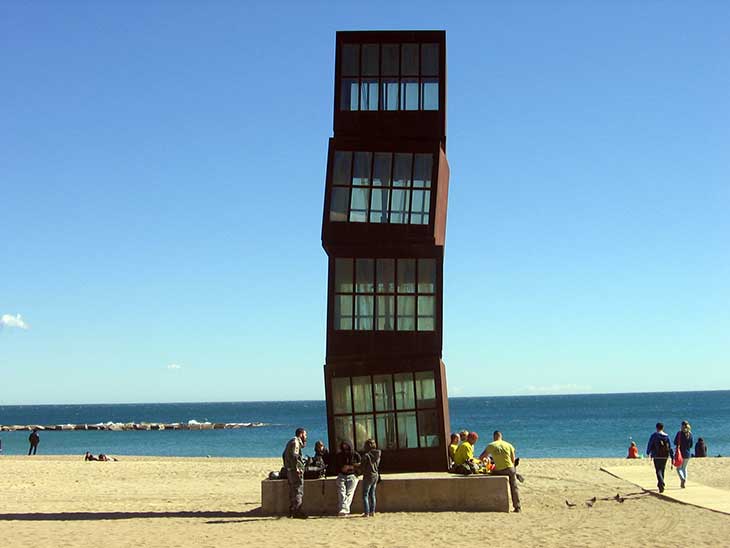
L’Estel Ferit (‘The Wounded Shooting Star’) (1992), Rebecca Horn. Installation view, Playa de la Barceloneta, 2015. Photo: Canaan/Wikimedia Commons (used under Creative Commons licence [CC BY-SA 3.0])
Although he did not identify as a land artist, Barry Flanagan is one of the few British artists associated with the primarily American movement. Among his best-known interventions in the landscape is a series that took place on Holywell Bay in Cornwall in 1967. Flanagan drew a line and a circle in the sand (a ring on holywell beach, cornwall and a line on holywell beach, cornwall) and placed a hessian sack, weighing three tons, beside these marks (easter bag). A few years later he made a film at the same location, recording the temporary trail left by his camera’s tripod as he dragged it across the beach.
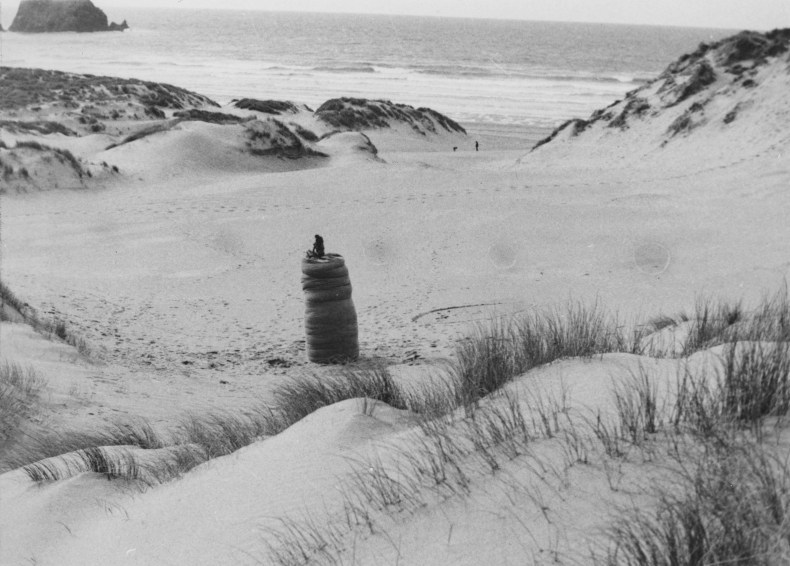
easter bag (1967), Barry Flanagan. Courtesy Plubronze Ltd; © The estate of Barry Flanagan
ANOTHER PLACE, Antony Gormley, Crosby Beach, Liverpool
‘The idea was to test time and tide, stillness and movement, and somehow engage with the daily life of the beach. This was no exercise in romantic escapism.’ So Antony Gormley describes ANOTHER PLACE, his 100-part sculpture originally installed on the beach of Cuxhaven in Germany in 1997. The army of solid cast-iron ‘bodyforms’, based on casts of the artist’s own figure, is now permanently located at Crosby Beach outside Liverpool, spread along three kilometres of the shore and stretching nearly a kilometre out to sea. It’s not the only beached Gormley work in the UK right now – a figure from his Another Time series is currently installed on Fulsam Rock in front of Turner Contemporary in Margate (its stay was recently extended until November 2020).
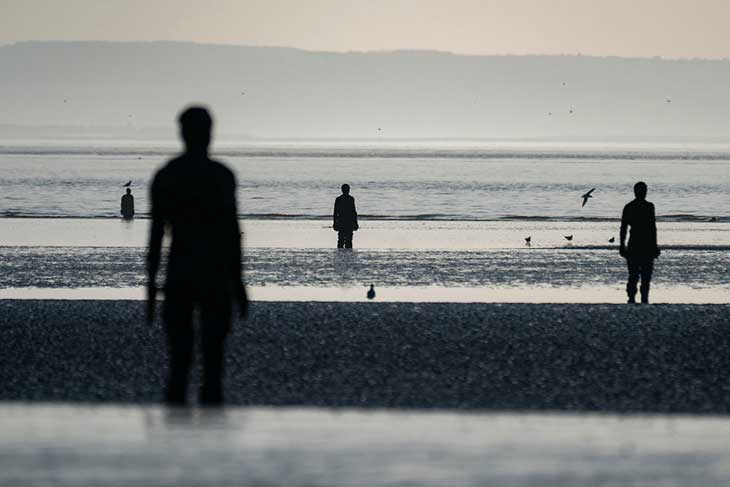
ANOTHER PLACE (1997), Antony Gormley. Installation view, Crosby Beach, 2019. Photo: Christopher Furlong/Getty Images
Musée d’Art Moderne – Département des Aigles, Section Documentaire, Marcel Broodthaers, De Haan/Le Coq beach, northern Belgium
There are plenty of beachside museums, from Margate’s Turner Contemporary to Tate St Ives, but conceptual artist Marcel Broodthaers took things a step further with the opening of the ‘Section Documentaire’ of his Musée d’Art Moderne – Département des Aigles on Le Coq beach in Belgium in 1969. Different sections of the ‘fictitious museum’, which Broodthaers explained was both ‘a political parody of art shows and […] an artistic parody of political events’, appeared in various places – from Broodthaers’ home to museums and galleries – between the years of 1968 and 1972. The Le Coq iteration was the most temporary of all: one summer day Broodthaers and a friend carved a floorplan of the museum in the sand, putting up signs for the different sections and forbidding visitors to touch or tread on the invisible objects.
Sun & Sea (Marina), Rugilė Barzdžiukaitė, Vaiva Grainytė and Lina Lapelytė, Lithuanian Pavilion at the 58th Venice Biennale
For their contribution to this year’s Venice Biennale, Lithuanian artists Rugilė Barzdžiukaitė, Vaiva Grainytė and Lina Lapelytė brought their own beach to the lagoon city. Sun & Sea (Marina) is no relaxing day near the surf, though – rather the sandy stage is a setting for an opera-performance that takes as its central theme the issue of anthropogenic climate change. The work won Lithuania the Golden Lion for best national pavilion at the Biennale. It’s on view until 31 October, with day-long performances taking place every Wednesday and Saturday.
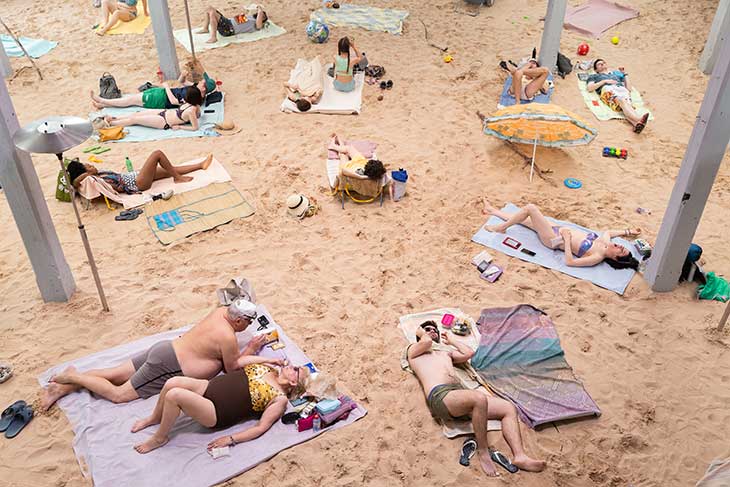
Sun & Sea (Marina) (2019), Rugilė Barzdžiukaitė, Vaiva Grainytė and Lina Lapelytė. Installation view at 58th Venice Biennale, 2019. Photo: © Andrej Vasilenko
Henri de Toulouse-Lautrec photographed by Maurice Joyant, Le Crotoy, Picardie
Henri de Toulouse-Lautrec is best-known for his paintings and prints of bohemian life in fin-de-siècle Paris, but is it possible he also dabbled in performance? A series of photographs from 1898, taken by the gallery owner Maurice Joyant, a close friend of the artist who later became executor of his estate, depict Toulouse-Lautrec in the act of defecating on the beach at Le Crotoy in northern France. Questions abound.
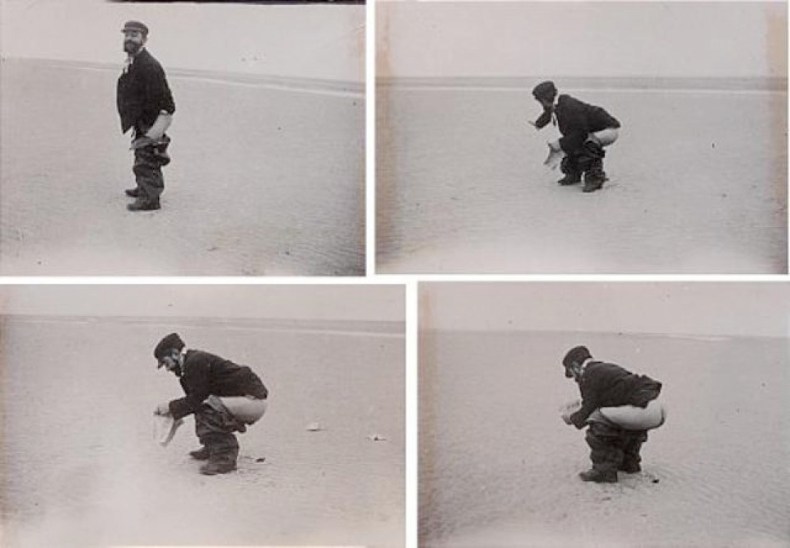
Henri de Toulouse-Lautrec photographed by Maurice Joyant at the beach at Le Crotoy, Picardie, in 1898
Declaration, Mark di Suvero, Venice Beach, Los Angeles
First installed in 2001 for a temporary art walk, a 60-foot-tall steel sculpture by Mark di Suvero sits on a grassy knoll where street meets sand at Venice Beach. Declaration is a typical example of Di Suvero’s work, in which industrial steel beams are craned into place to create large-scale, linear structures. The work has recently appeared in newspaper headlines because upkeep costs mean the artist’s gallery is planning to dismantle it at the end of this year, unless a private benefactor steps forward.
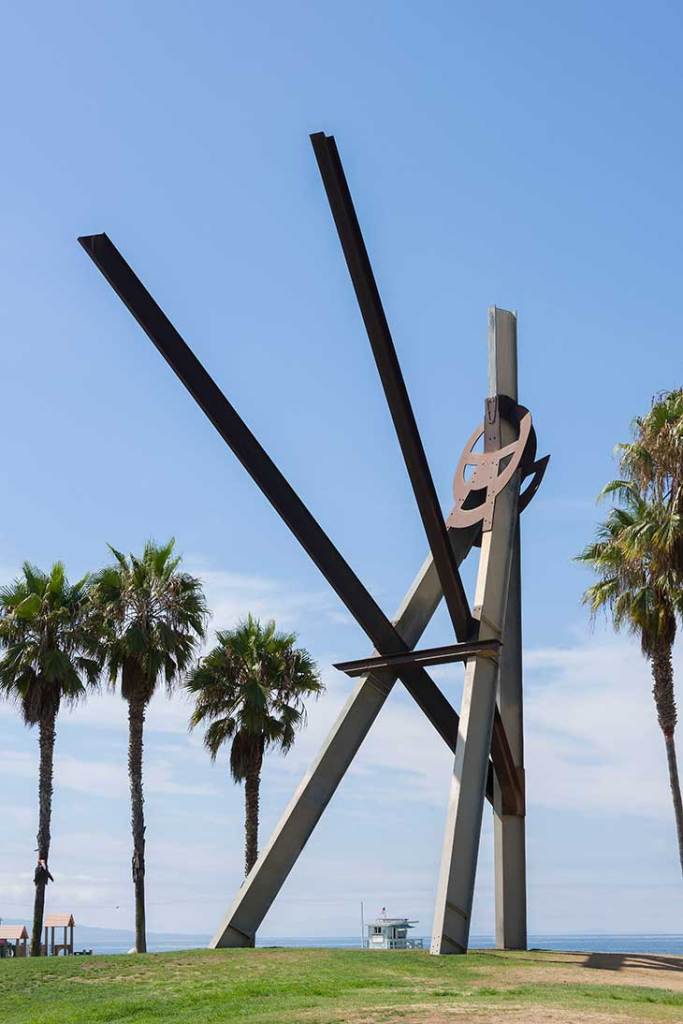
Declaration (2001), Mark di Suvero. Courtesy L.A. Louver, Venice; © Mark di Suvero
Scallop, Maggi Hambling, Aldeburgh beach, Suffolk
Maggi Hambling was born and raised in Suffolk, which is where one of her most famous works can be found: the sculpture Scallop (2003), a tribute to Benjamin Britten, who was a fellow Suffolk native. The outsized steel seashell, which is inscribed with a line from Britten’s opera Peter Grimes (‘I hear those voices that will not be drowned’), stands on the north end of Aldeburgh beach, where Hambling has said she hopes visitors will ‘sit and contemplate the mysterious power of the sea’. Reception has not been quite so tranquil: the work has been described as ‘the most controversial piece of art in Britain’, with recurring defacements and calls for its removal.
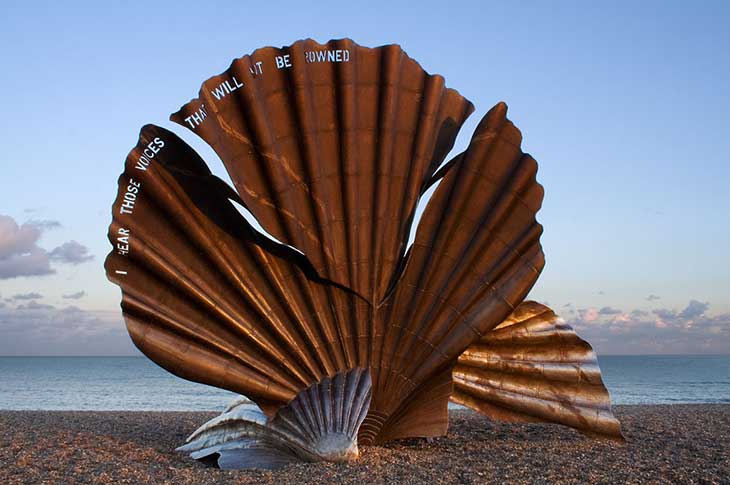
Scallop (2003), Maggi Hambling. Installation view, Aldeburgh beach, Suffolk, 2005. Photo: © Andrew Dunn/Wikimedia Commons (used under a Creative Commons licence [CC BY-SA 2.0])
Unlimited access from just $16 every 3 months
Subscribe to get unlimited and exclusive access to the top art stories, interviews and exhibition reviews.

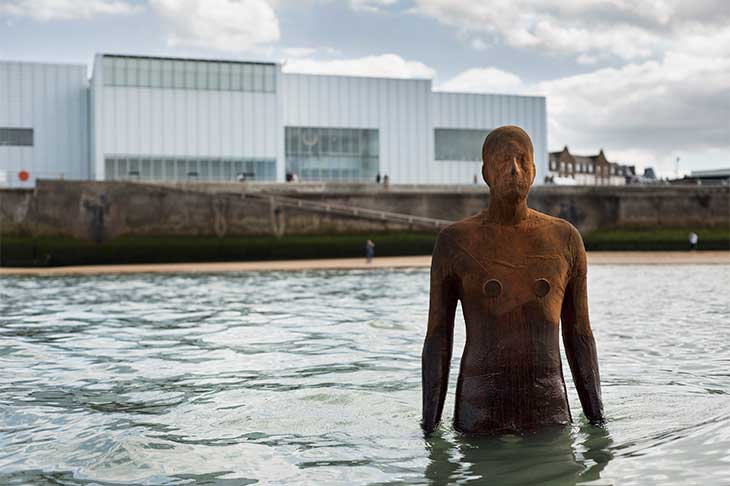


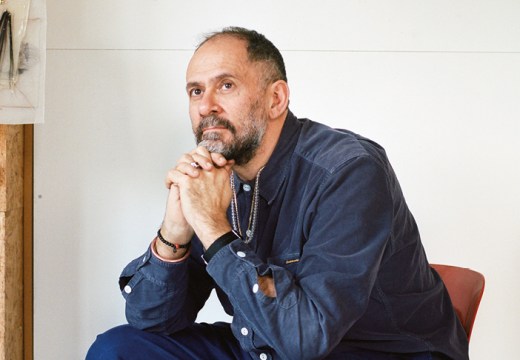









![Masterpiece [Re]discovery 2022. Photo: Ben Fisher Photography, courtesy of Masterpiece London](http://www.apollo-magazine.com/wp-content/uploads/2022/07/MPL2022_4263.jpg)
Why are fathers so absent from art history?